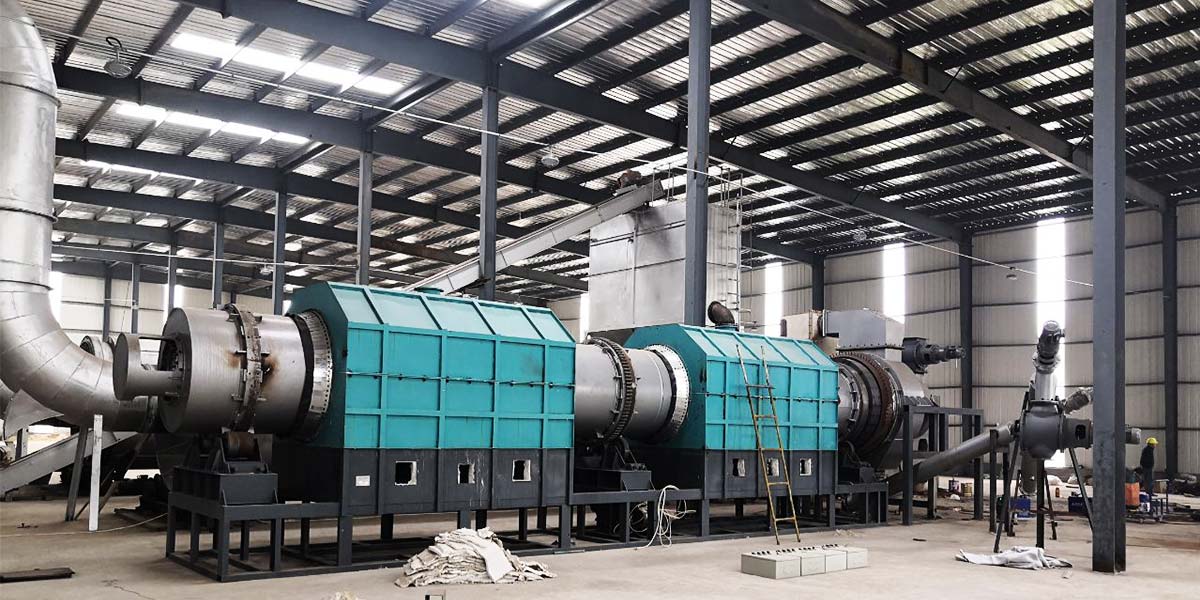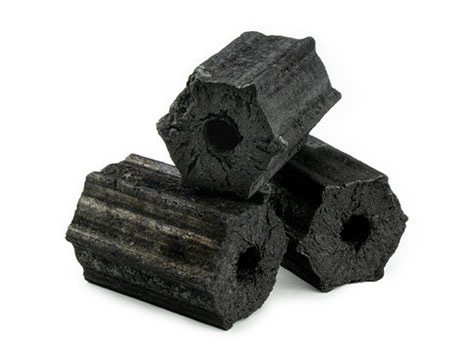The process of Carbonization is a process that uses combustible gases to burn biomass. In some cases, this carbonization process is done using municipal solid waste. These materials are then converted into charcoal in a charcoal making machine, which uses an automatic assembly line. This article discusses the process in detail and outlines how to select a charcoal making machine. Here are some of the most common machines available:
Carbonization Process of Wood
The carbonization process of wood in charcoal making machine is the process of turning raw materials into charcoal. The carbonization process begins by feeding biomass into the rotary shredder and dryer. The raw materials are dried to a moisture content of 10% or less. The raw materials then enter the carbonization machine where they are combusted. The carbonization process generates high-temperature exhaust gas. The exhaust gas passes through a filter, dust collector, and pipeline before entering the final packaging process.
The carbonization process of wood in charcoal making machine is a complex one. After the wood has been dried in the oven, it must be heated to around 270 degrees Celsius. The wood then undergoes a process called pyrolysis, which releases the heat stored in the wood. The final heating is to around 500 or 550 degrees C, which drives off tars and increases the fixed carbon content.

Charcoal Maker Machine For Sale
Carbonization Process of Municipal Solid Waste
Municipal solid waste can be converted into a valuable product through the carbonization process. This process is carried out at high temperatures to separate waste materials into carbon, tar and wood vinegar. Small particles are further processed into charcoal rods. The carbonization process is a low-emission method, ensuring that the final product is free of any harmful substances. The production of charcoal is the best solution to dispose of municipal solid waste. See the competitive charcoal machine price here.
This technology has a wide range of applications. For example, it is compatible with a variety of raw materials, such as municipal solid waste, wood sawdust, rich husk, bamboo, sewage sludge and other biomass. The carbonization process can also be applied to biogas production, and the equipment is often referred to as a biomass pyrolysis plant. Carbonization of municipal solid waste is a clean and environmentally sound way to reduce the waste stream and generate renewable energy.
Charcoal Making Machine Uses Recycled Combustible Gas
A continuous type of charcoal making machine is used for manufacturing charcoal. This machine uses recycled combustible gas as fuel. The waste should be crushed and dried before entering the carbonization furnace. After the raw materials are combusted, they should be transferred to a screw feeder. The screw feeder then transports the waste to the charcoal carbonization furnace. The remaining wood residue is then cooled and sold as wood charcoal.
Beston charcoal making machinery comes with different models that are used for different applications. These include batch and continuous models with a range of productivities ranging from 500 to 3000 kg/h per day. As the capacity of the charcoal briquette making machine increases, the price also increases. Some customers also prefer the model with a dryer, which is necessary if the materials are larger than 2cm in diameter or have more than 20% moisture content. The dryer helps in improving the efficiency and quality of charcoal.

Charcoal
Charcoal Making Machine Uses Automatic Assembly Line
A charcoal making machine is a highly efficient and affordable machine used in the production of various types of charcoal. Charcoal is used widely as fuel for BBQ and shisha. It also has other benefits such as improving soil quality and drying materials. Charcoal making machines also produce electricity. These machines have several applications, including a variety of industries. You can use your charcoal in a variety of ways, including cooking, heating, drying, and more.
The raw materials used in the production of charcoal should be smaller in size than 3cm in diameter. Those with large sizes should be crushed. Raw materials with a high water content need a drying process before they can enter the reactor. Once in the reactor, the materials have already been heated. As the temperature of the raw materials rises, oil gas is generated. As the temperature continuously rises, charcoal forms. Auto screw dischargers transport charcoal to the charcoal tank. A separate tank collects wood vinegar and tar. More information on biochar production equipment here.